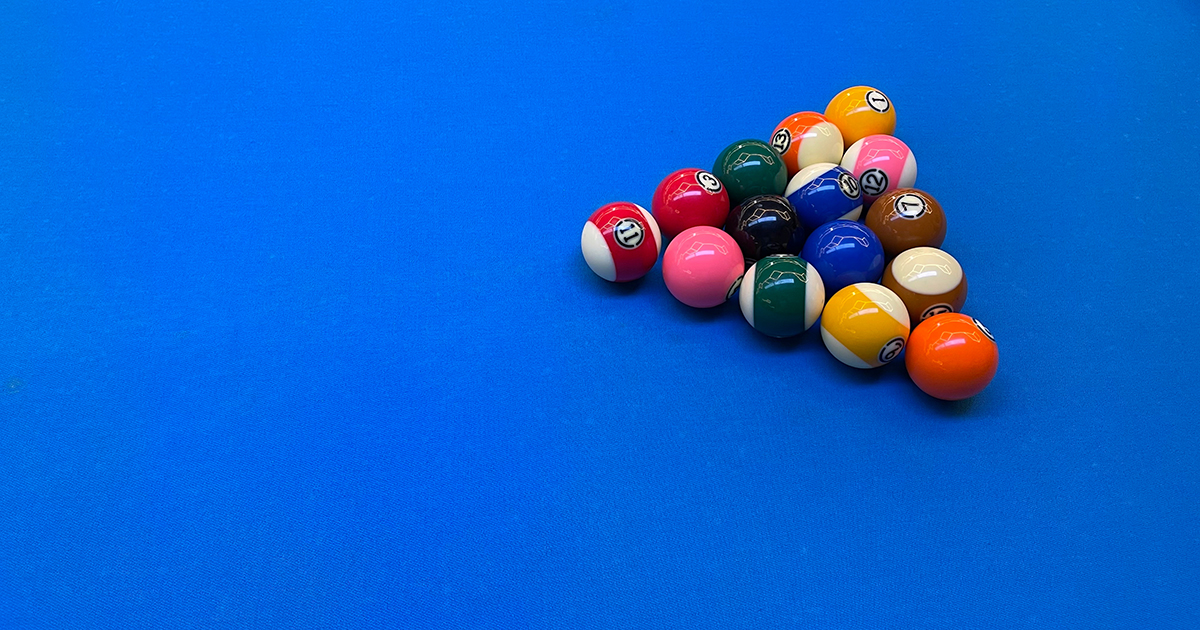
About the Evolution of Snooker Through Time
Introduction to Snooker and its Origins About the Evolution of Snooker is more than just a game; it’s a blend of strategy, skill, and history. […]

Introduction to Snooker and its Origins About the Evolution of Snooker is more than just a game; it’s a blend of strategy, skill, and history. […]
Copyright © 2025 | WordPress Theme by MH Themes